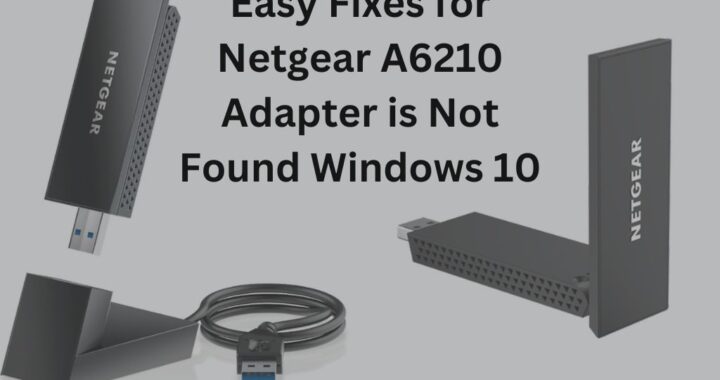Smart Tips for Managing Household Help Payroll
Introduction to Household Payroll
The world of household help payroll might seem overwhelming, especially when faced with acronyms like FICA and FUTA. If you manage household employees like nannies or housekeepers, you must compensate your staff fairly and fully comply with legal standards. This comprehensive guide will walk you through effective strategies, including correctly paying a nanny while keeping everything organized and compliant. By the end of this article, you’ll have a firm grasp on handling payroll processes efficiently and lawfully.
Understanding the Basics of Household Payroll
Before diving into payroll specifics, distinguishing between an independent contractor and an employee is fundamental. This difference is more than just a label; it determines tax withholdings, reporting, and compliance. Misclassifying could lead to substantial penalties or audits, a scenario no employer wants to find themselves in. As detailed by IRS guidelines, household employees, unlike independent contractors, work regularly and are under your control regarding tasks performed and hours worked. Understanding this distinction is a stepping stone to correcting payroll management and avoiding unnecessary legal issues.
Legal Obligations and Compliance
As an employer of household help, you must comply with many federal and state laws. This process begins with registering as a household employer, which involves securing an Employer Identification Number (EIN) and adhering to federal and state-specific tax laws. Moreover, accurate submission of taxes through quarterly and annual filings is imperative. Keeping abreast of employment laws ensures that your household remains on the right side of legal lines. The Department of Labor offers a wealth of comprehensive resources and guidance for household employers, outlining requirements for minimum wage, overtime, and documentation.
Choosing the Right Payroll Software
The right payroll software can drastically reduce the administrative burden for household employers. However, with abundant choices on the market, selecting the appropriate one can be challenging. When evaluating payroll software, look for features specifically tailored to household employment needs, such as automated tax calculations, streamlined processing, and a user-friendly interface. Cost and customer support are also significant factors impacting long-term usability and satisfaction. By carefully weighing your alternatives, you may select a solution that suits your budget and improves your household’s payroll accuracy and compliance.
Factors to Consider
- Ease of use: The program should be simple and easy to use to minimize users’ learning curve.
- Cost and value: Look for a solution that provides a balanced trade-off between price and features offered.
- Automation capabilities: Automation can streamline tax calculations and payment processes, reducing the chance of human error.
- Customer support availability: Ensure that effective support is available to assist with any technical issues or inquiries.
Managing Taxes and Deductions
Managing taxes and deductions accurately is a cornerstone of household payroll. As an employer, you are responsible for withholding appropriate federal and state taxes alongside Social Security and Medicare contributions, commonly known as FICA taxes. Understanding and applying tax rates and deductions are vital to avoid underpayment or overpayment, which could lead to penalties or interest charges. Staying informed and up-to-date about tax rates and changes in tax laws will ensure adherence to legal tax reporting and submission requirements, safeguarding you from potential liabilities.
Tips for Easy Record-Keeping
The adage, “If it isn’t written down, it didn’t happen,” holds considerable weight in payroll management. Maintaining records of hours worked, money received, and taxes deducted is essential for audits and for meeting legal and tax requirements. Leveraging digital tools and payroll software can automate these processes, making documentation accessible and minimizing room for error. Well-organized records offer transparency and safeguards in case of disputes or audits, ensuring that all payroll actions have been executed accurately and in compliance.
Handling Overtime and Benefits
Understanding overtime rules is essential for household employers to ensure fair compensation and uphold legal obligations. Generally, household employees are entitled to overtime pay—typically one and a half times their regular rate—after 40 hours in a workweek. Furthermore, offering perks like paid time off, retirement plans, and health insurance can increase worker satisfaction and lower attrition. Offering such perks strengthens the employer-employee bond and is an attractive incentive for highly qualified household staff, ultimately fostering a loyal and dedicated workforce.
Benefits of Offering Employee Perks
- Enhanced job satisfaction: Employees feel appreciated and inspired, fostering a pleasant work atmosphere.
- Higher retention rates: Competitive benefits can reduce turnover and help retain skilled employees.
- Improved employer-employee relationship: Non-monetary benefits illustrate goodwill and respect, leading to mutual respect and cooperation.
Common Mistakes and How to Avoid Them
Misclassification and non-compliance with tax requirements are common pitfalls with household payroll. To avoid these, employers must educate themselves on payroll regulations and adhere to them robustly. Errors may be avoided by routinely assessing and updating payroll procedures and keeping up with modifications to tax legislation. Overcoming these challenges entails investing in knowledge and resources and ensuring you manage your household payroll proficiently and without costly oversights.
Resources and Tools for Employers
In this digital age, a wide array of resources and tools exists to equip household employers with the means to manage payroll effectively. Online forums, government publications, and payroll services can provide invaluable support and information. Investing in the right tools—such as dedicated payroll software—can streamline payroll processes, minimize human error, and provide peace of mind. By leveraging these resources, employers can confidently navigate household payroll complexities, ensuring their employees are compensated fairly and are compliant with legal standards.

 6 Easy Fixes for Netgear A6210 Adapter is Not Found Windows 10
6 Easy Fixes for Netgear A6210 Adapter is Not Found Windows 10  The Ultimate Guide: What To Do After A Car Accident
The Ultimate Guide: What To Do After A Car Accident  Are You An Introvert? Here’s Why You’ll Make A Great Programmer
Are You An Introvert? Here’s Why You’ll Make A Great Programmer